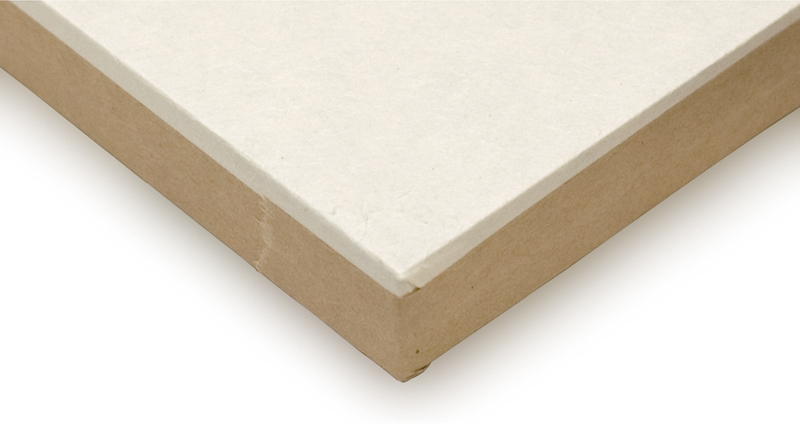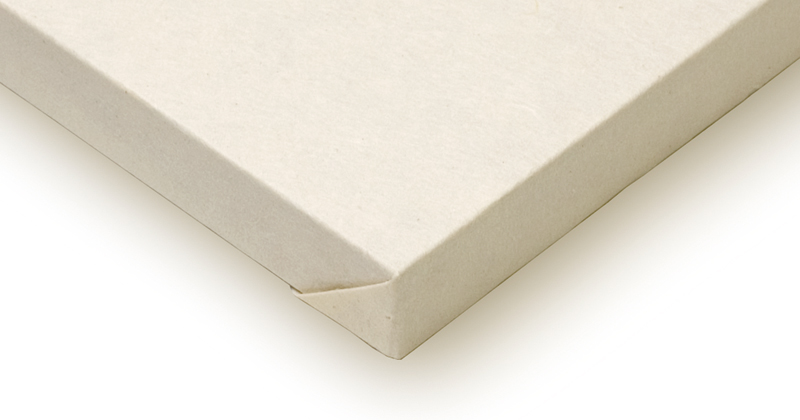Water Tensioning
水張り
Mizubari
CATEGORIES
When producing watercolors and Japanese paintings etc., the paper is first stretched on a wooden panel etc. This process utilizes the characteristic of paper whereby it expands when moistened with water and shrinks back to its original size as it dries. Doing this prevents the paper from wrinkling and sagging due to moisture when water-based paint is used on it, and makes it easier for the artist to draw, even when just doing pencil sketches etc., because the paper is fixed firmly on the panel.
There are two ways of doing this. One way is to prepare a sheet of paper that is larger than the size of the wooden panel, and wrap it over the panel so that the entire front surface can be used for drawing (we will call this “Type A” in this document). In this case, the paper is normally fixed in place with watercolor tape, but for Japanese paintings done on washi paper, the paper is stuck directly onto the sides of the panel using starch glue instead of tape. Another method is to stick a sheet of paper that is smaller than the panel, flat onto the panel surface using watercolor tape (Type B). Sometimes a plywood board may be used for this panel, or several sheets of paper may be taped onto the panel at the same time.
For Type A, if a brand new wooden panel is used, the wood may soak up the glue, weakening its adhesive strength. To prevent this from happening, apply a coat of glue on the sides of the panel and leave this to dry to create a thin film in advance. This process is called “sutenori.” The tensioning process should be performed using a clean brush that has not been used for coloring or any other purpose, or with a dedicated brush such as a wetting brush (mizubake). For Type A, be sure to purchase paper that is larger than the panel.
When peeling off the paper from the wooden panel after the painting is finished, make a V-shaped incision on the side from where to insert a cutter between the paper and the panel, and then cut around the edge of the panel to separate the paper. With Japanese paintings, the method for separating the paper will depend on the ensuing processing methods. If the work is to be stored in its stretched state over a long period, the plywood panel could oxidize or form scum over time and due to humidity, thus affecting the work. It is therefore advisable, in this case, to put an underlining of paper on the panel by gluing shin-torinoko paper etc. on its surface.

- Types of Water Tensioning Methods
 Panel backed
Panel backed  Board backed
Board backed Panel backed (Japanese paintings)
Panel backed (Japanese paintings)
